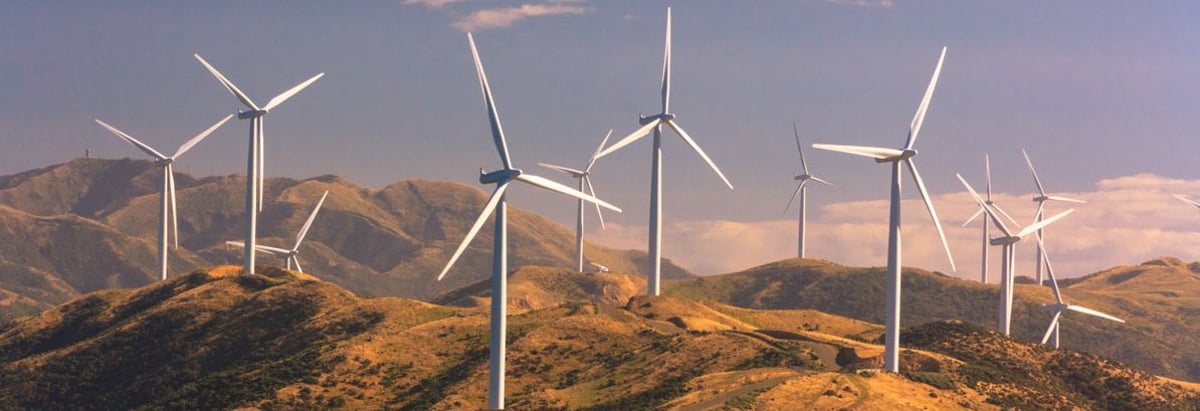Stock Analysis
- Brazil
- /
- Renewable Energy
- /
- BOVESPA:EGIE3
Engie Brasil Energia S.A. (BVMF:EGIE3) Could Be Riskier Than It Looks

There wouldn't be many who think Engie Brasil Energia S.A.'s (BVMF:EGIE3) price-to-earnings (or "P/E") ratio of 7.7x is worth a mention when the median P/E in Brazil is similar at about 10x. While this might not raise any eyebrows, if the P/E ratio is not justified investors could be missing out on a potential opportunity or ignoring looming disappointment.
While the market has experienced earnings growth lately, Engie Brasil Energia's earnings have gone into reverse gear, which is not great. It might be that many expect the dour earnings performance to strengthen positively, which has kept the P/E from falling. You'd really hope so, otherwise you're paying a relatively elevated price for a company with this sort of growth profile.
See our latest analysis for Engie Brasil Energia
What Are Growth Metrics Telling Us About The P/E?
Engie Brasil Energia's P/E ratio would be typical for a company that's only expected to deliver moderate growth, and importantly, perform in line with the market.
Taking a look back first, the company's earnings per share growth last year wasn't something to get excited about as it posted a disappointing decline of 40%. However, a few very strong years before that means that it was still able to grow EPS by an impressive 85% in total over the last three years. Although it's been a bumpy ride, it's still fair to say the earnings growth recently has been more than adequate for the company.
Turning to the outlook, the next three years should generate growth of 21% per year as estimated by the seven analysts watching the company. That's shaping up to be materially higher than the 16% per annum growth forecast for the broader market.
With this information, we find it interesting that Engie Brasil Energia is trading at a fairly similar P/E to the market. It may be that most investors aren't convinced the company can achieve future growth expectations.
The Key Takeaway
While the price-to-earnings ratio shouldn't be the defining factor in whether you buy a stock or not, it's quite a capable barometer of earnings expectations.
Our examination of Engie Brasil Energia's analyst forecasts revealed that its superior earnings outlook isn't contributing to its P/E as much as we would have predicted. There could be some unobserved threats to earnings preventing the P/E ratio from matching the positive outlook. At least the risk of a price drop looks to be subdued, but investors seem to think future earnings could see some volatility.
And what about other risks? Every company has them, and we've spotted 4 warning signs for Engie Brasil Energia (of which 3 are significant!) you should know about.
Of course, you might also be able to find a better stock than Engie Brasil Energia. So you may wish to see this free collection of other companies that have reasonable P/E ratios and have grown earnings strongly.
Valuation is complex, but we're here to simplify it.
Discover if Engie Brasil Energia might be undervalued or overvalued with our detailed analysis, featuring fair value estimates, potential risks, dividends, insider trades, and its financial condition.
Access Free AnalysisHave feedback on this article? Concerned about the content? Get in touch with us directly. Alternatively, email editorial-team (at) simplywallst.com.
This article by Simply Wall St is general in nature. We provide commentary based on historical data and analyst forecasts only using an unbiased methodology and our articles are not intended to be financial advice. It does not constitute a recommendation to buy or sell any stock, and does not take account of your objectives, or your financial situation. We aim to bring you long-term focused analysis driven by fundamental data. Note that our analysis may not factor in the latest price-sensitive company announcements or qualitative material. Simply Wall St has no position in any stocks mentioned.
About BOVESPA:EGIE3
Engie Brasil Energia
Generates, sells, and trades in electrical energy in Brazil.

